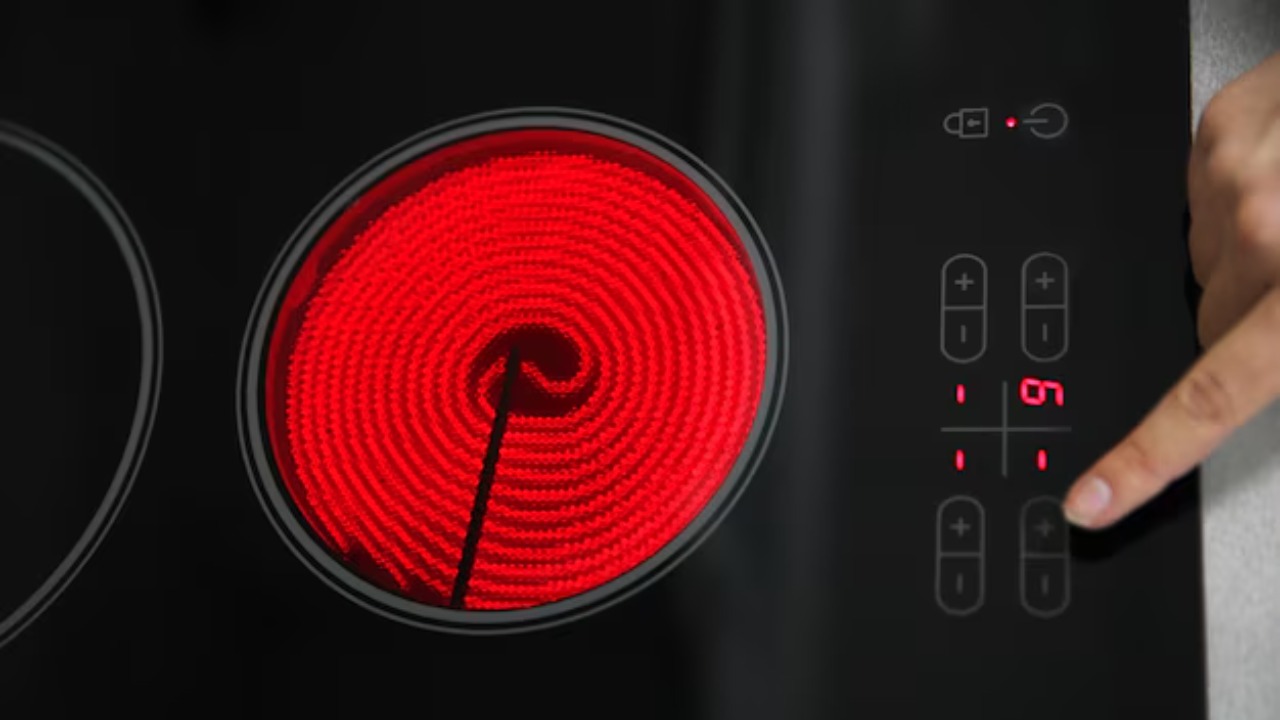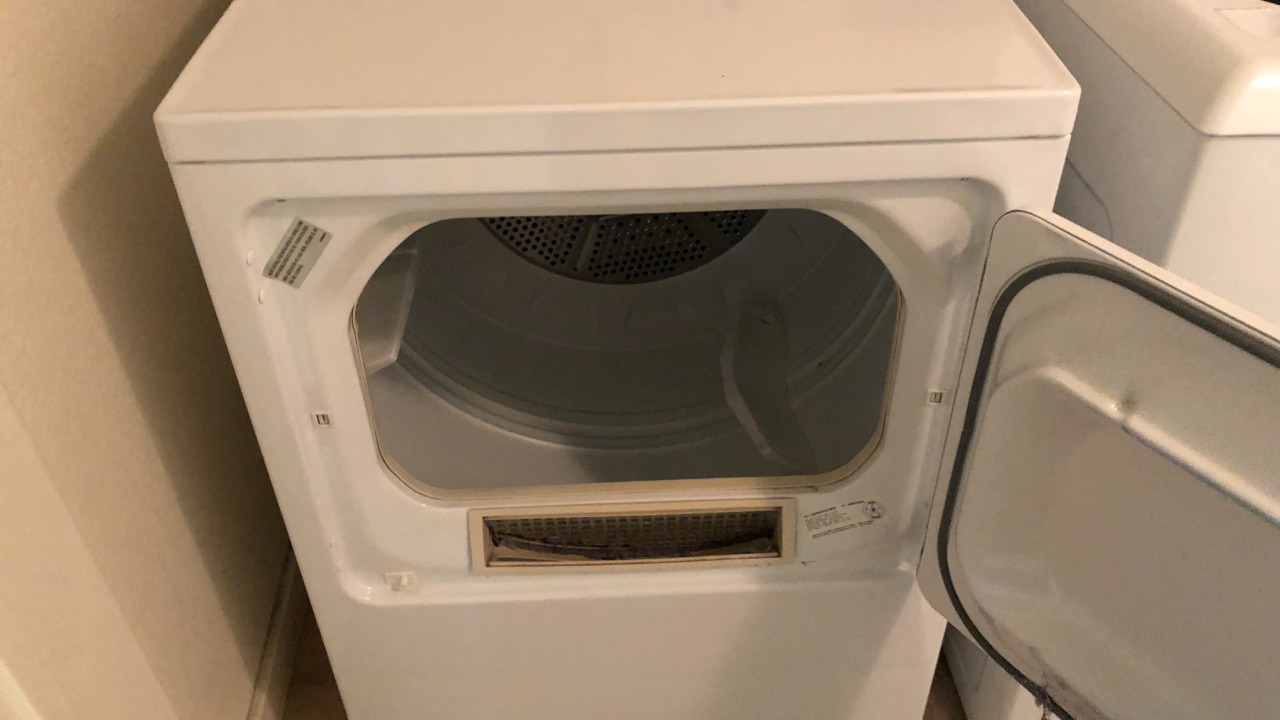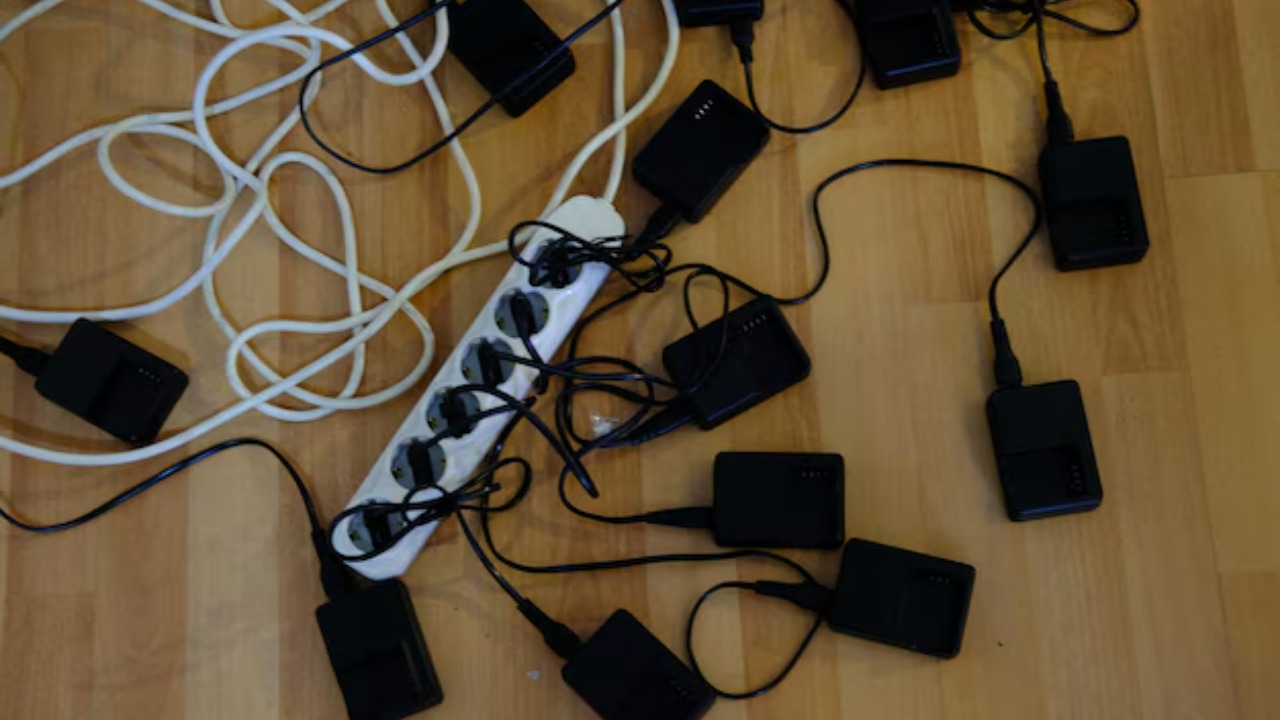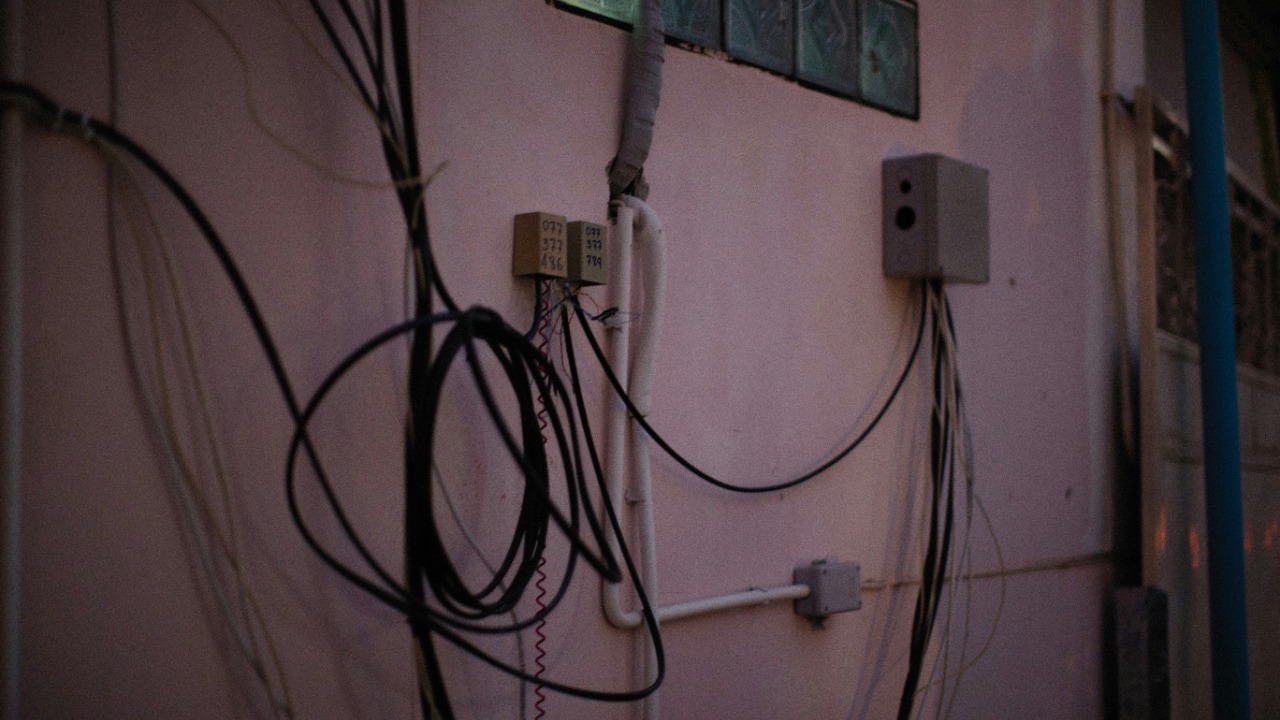
Fire hazards are an unfortunate reality with many modern conveniences. While technology offers comfort, it also brings risks. Understanding which home gadgets are most prone to catching fire can help you take precautions to keep your home safe. Here are five common household devices that require extra caution.
1. Space Heaters

Space heaters are a popular choice for supplemental warmth in homes, especially during colder months. However, they are notorious for being a leading cause of fires in residential settings. When used improperly, these devices can overheat and ignite nearby flammable materials, such as curtains or furniture. It’s crucial to follow the manufacturer’s guidelines, maintain a safe distance from combustible items, and never leave a space heater unattended.
2. Electric Stoves

Electric stoves are a staple in many kitchens, but they come with their own set of fire risks. Leftover food particles and grease buildup can easily catch fire if the stove is not cleaned regularly. Additionally, modern appliances often have a shorter lifespan, which can increase the likelihood of malfunctions that lead to fires. Always ensure that burners are turned off when not in use and keep the stove area clean.
3. Clothes Dryers

Clothes dryers are another common household appliance that can pose a fire risk. Lint buildup in the lint trap and exhaust duct is a primary cause of dryer fires. Regular cleaning and maintenance can prevent these fires, as can being vigilant about the types of materials you place in the dryer. According to research, neglecting these precautions can lead to dangerous overheating and potential ignition.
4. Overloaded Power Strips

Power strips are convenient for powering multiple devices, but overloading them can lead to overheating and fires. It’s important to be aware of the power capacity of the strip and the devices plugged into it. Using power strips as a permanent power solution can also increase the risk of fire, especially if they are poorly designed or damaged. Always use power strips with a surge protector and regularly check them for signs of wear.
5. Faulty Charging Cables

In the age of mobile devices, charging cables are ubiquitous, but faulty or damaged cables can be a significant fire hazard. Frayed or improperly manufactured cables can spark and ignite. To minimize risk, only purchase cables from reputable brands and regularly inspect them for damage. Avoid using cables that are bent or exposed, and never charge devices on flammable surfaces. For more information on fire hazards, this study provides valuable insights.